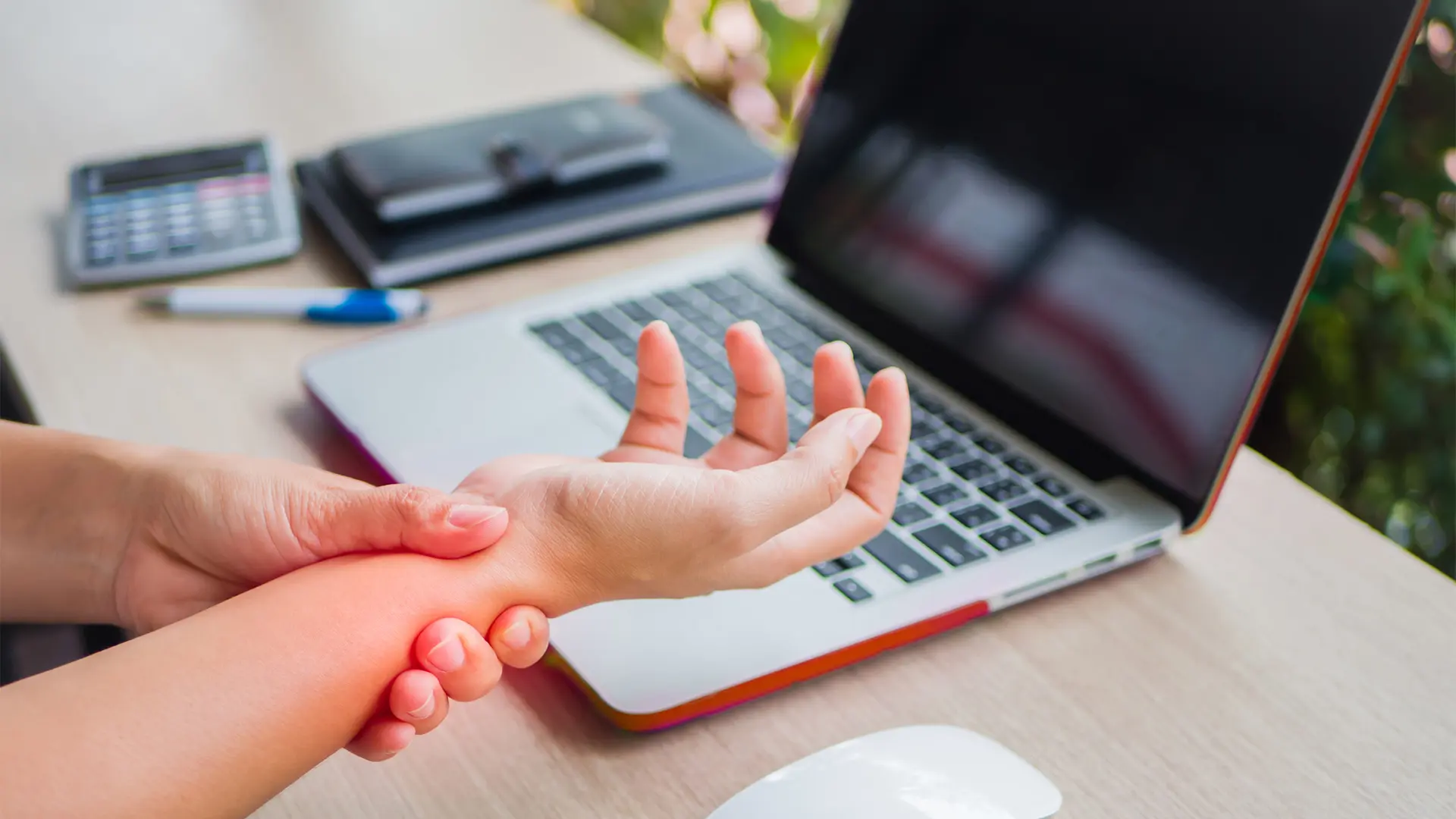Hand treatment methods
The methods of treating hand ailments depend on the type of disease, the severity of the changes and the patient’s expectations.
In the event of a bruise or overstrain of the hand, it is recommended to rest, cool the painful area and take painkillers and anti-inflammatory drugs available in pharmacies without a prescription.
Serious injuries and chronic pain limiting the functioning of the hand require consultation with an orthopedist who, based on an interview with the patient and a clinical examination, will propose appropriate diagnostic tests and treatment.
Treatment methods are divided into two groups – conservative (non-invasive) and surgical treatment.
If conservative treatment is recommended to a patient, pharmacological agents with anti-inflammatory and analgesic effects are often used. They come in the form of tablets, injections or ointments. To support the treatment process and in the case of degenerative changes in the hands, regenerative therapies are also used, which can accelerate the reconstruction of damaged tissues. They include growth factors, hyaluronic acid and stem cells. Their purpose is to slow down the degeneration of articular cartilage and reduce pain.
In some cases, it may be necessary to immobilize the wrist, hand or fingers. Then it is possible to use:
- orthoses (stabilizers) – they have a relieving and supportive effect, helping to reduce pain (e.g., wrist and/or thumb orthosis, stabilizers, finger splints);
- thermoplastic dressings – made of a special material adjusted individually to the patient;
- plaster cast – in our clinic we offer patients HMCAST plaster – it is light and waterproof.
Hand rehabilitation depends on the type of injury or disease. Each condition has a different root cause. Identifying it gives the best treatment results. Physiotherapists from the Carolina Medical Center, specializing in hand rehabilitation, use a variety of techniques, including manual therapy. It restores the muscular balance and thus the motor functions of the hand.
If necessary, the patient is referred for surgery. At the Carolina Medical Center, we use innovative medical techniques and procedures. Whenever possible, we use minimally invasive methods of treatment, e.g., arthroscopy, which allows the reconstruction of damaged tissues without the need to open the joint.
We also carry out surgeries under local anesthesia using the WALANT method, which enables the maximum reduction of convalescence and hospitalization time.


